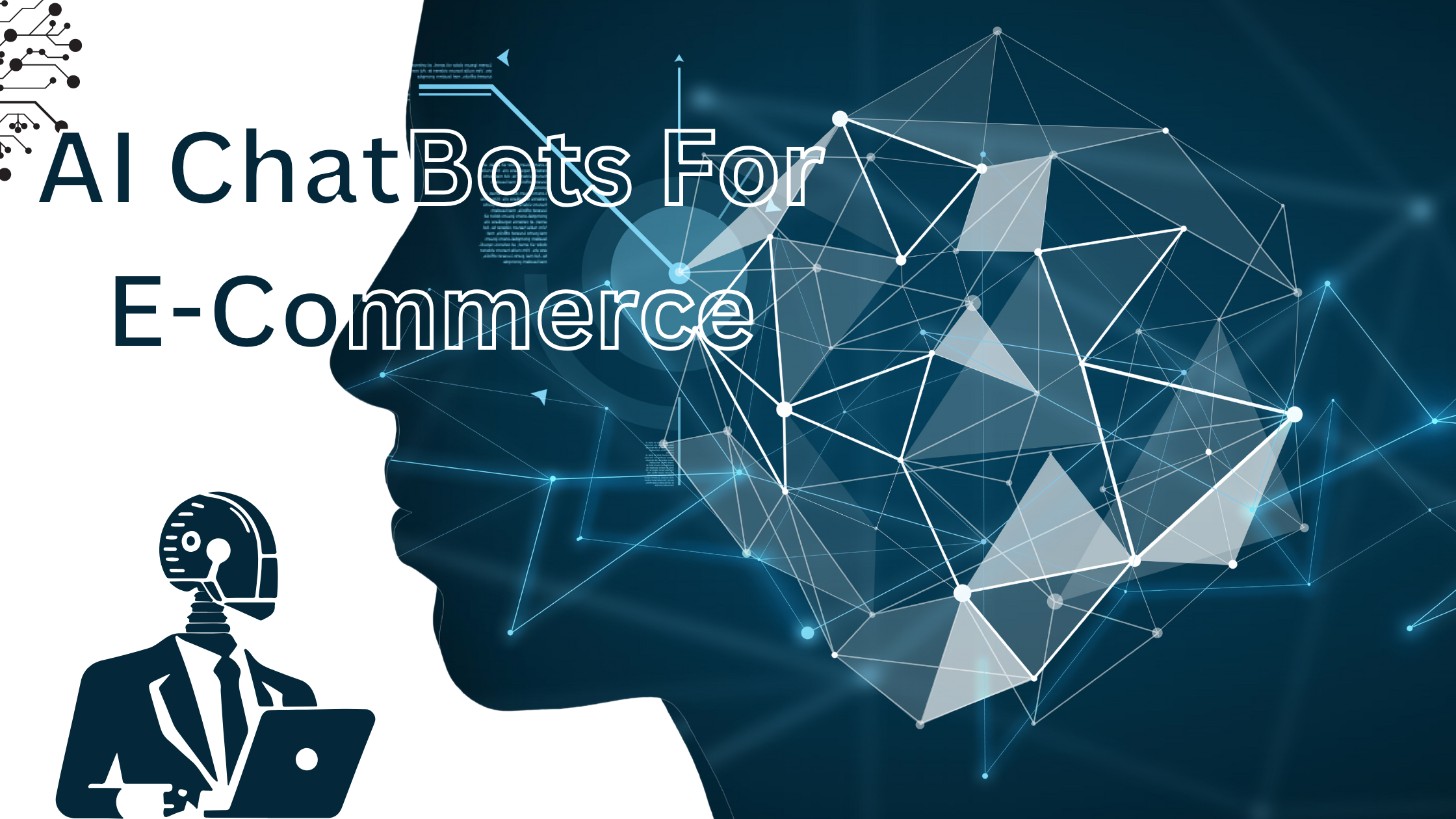Have you ever found yourself on hold, waiting for assistance? Perhaps the issue was solved by a chatbot very quickly and you were left wondering how smooth it was. Modern-day businesses have various ways to support their customers, but when getting people to return, which works better: Chatbot Marketing or Traditional Customer Support?
The two are very different, and each has its distinct advantages: chatbot marketing leads in speed, while human agents excel in providing a personal touch. Further into this article, we see which of the two approaches carries the day.
Understand Chatbot Marketing and Traditional Customer Support
What Is Chatbot Marketing and How Does It Work?
It’s like an electronic assistant who never rests and is always at the service of whoever at any time. It allows businesses, by AI, to integrate chatbots that answer FAQs, give suggestions, and even help people in the sales process. It keeps customers involved, and an engaging attitude is maintained towards them when human assistants are not available.
The best thing about chatbot marketing is that it is available 24/7. You will never have to wait for anything, and each response is immediate. Be it a need for attention at a silent moment during the night or just in need of help real quick, the chatbots are there to keep things smooth. And with even more people relying on online shopping and digital services, that kind of around-the-clock support is making a huge difference for businesses.

Traditional Customer Support: The Legacy Approach
Traditional customer support is what most of us are used to a live agent sits on the other end of the phone or email, ready to aid you through your issues. It’s been the go-to for decades, and it remains a vastly popular option today. You know, it’s the human touch that comes attached to the traditional support. Sometimes what you want is to just have a conversation with a person who will listen and solve some complex problems.
At times, the need for the traditional methods of support is essential, for the cases where more complex problems would be involved. It’s that human touch—hosting a one-on-one, face-to-face conversation with a customer via a phone call with a support rep or by using live chat online—that’s going to provide that feeling to customers and develop trust.

Chatbot Marketing Examples in Customer Retention
Real-World Chatbot Marketing Examples that Retain Customers
Many industries have found out that customer service chatbots can represent an amazing tool for customer retention. In the e-commerce space, for example, chatbots can field questions about common products and even help with the returns process, making that easier for the customer. This has the trickle effect in that it has customers who are happier and always coming back.
It helps hospital patients by providing them support around the clock, such as making an appointment or answering some general basic medical information.

Ada Health is one of the top medical chatbots and is sweeping the healthcare sector by storm due to its versatility and can also help with predictive and prolonged healthcare.
Chatbots are also being used for guiding customers in financial institutions about managing their accounts and raising any service bilaterally, thus building trust and, in turn, strengthening customer relationships.
TARS, for instance, this chatbot helps with levelling up user experience and employee experience as well.
These examples of marketing with chatbots show how large and diverse these industries are in keeping their customers engaged and, most importantly, content.
Traditional Customer Support: When the Human Touch Matters
The Emotional Connection in Customer Retention
While chatbots are very efficient for quick responses, there is something to be said for being able to speak to another individual; the intentional emotional connection in customer support—that empathy when you are in a stressful place or when you are trying to resolve a more complicated matter, thus needing that “human” touch.
This sense of being valued, because a person gets to the other line of the phone comprehending and listening, can be a key emotional element in customer retention. Traditional customer support still has its place, mainly in long-term relationships where more personal care and attention are needed.

Maintaining a Balance: Future of Customer Support
How Chatbot Marketing Sits Well with Traditional Support for Maximum Customer Retention
The real secret to strong client retention probably lies in balancing chatbot marketing and traditional support. Chatbots are just perfect in cases of easy solutions and help at the moment, while traditional support shines in one of those minutes that require empathy and deeper understanding.
A business offering both, however, would cover all bases. Chatbots take care of the day-to-day, and human agents take care of the more complex situations. Combine them, and this will form a rounded support system that deals with customers according to their needs.
Conclusion
Chatbot marketing, on the one hand, and the traditional way of customer support both have their places in keeping customers happy. The gist of the tradition would lie in the fact that chatbots add speed, efficiency, and availability, whereas traditional support adds empathy and a personal touch.
It would mean implementing both, such that in the end, the best of both worlds accrues to the business—agility and reliability of service with chatbots and at the time when it matters, very personable, human-touch support.
This goes a long way in ensuring that customers are in a position to find continued satisfaction and remain loyal.
If you are interested, explore Chatbot Marketing Examples and Insights for New Businesses to see how chatbot marketing can boost your brand!


